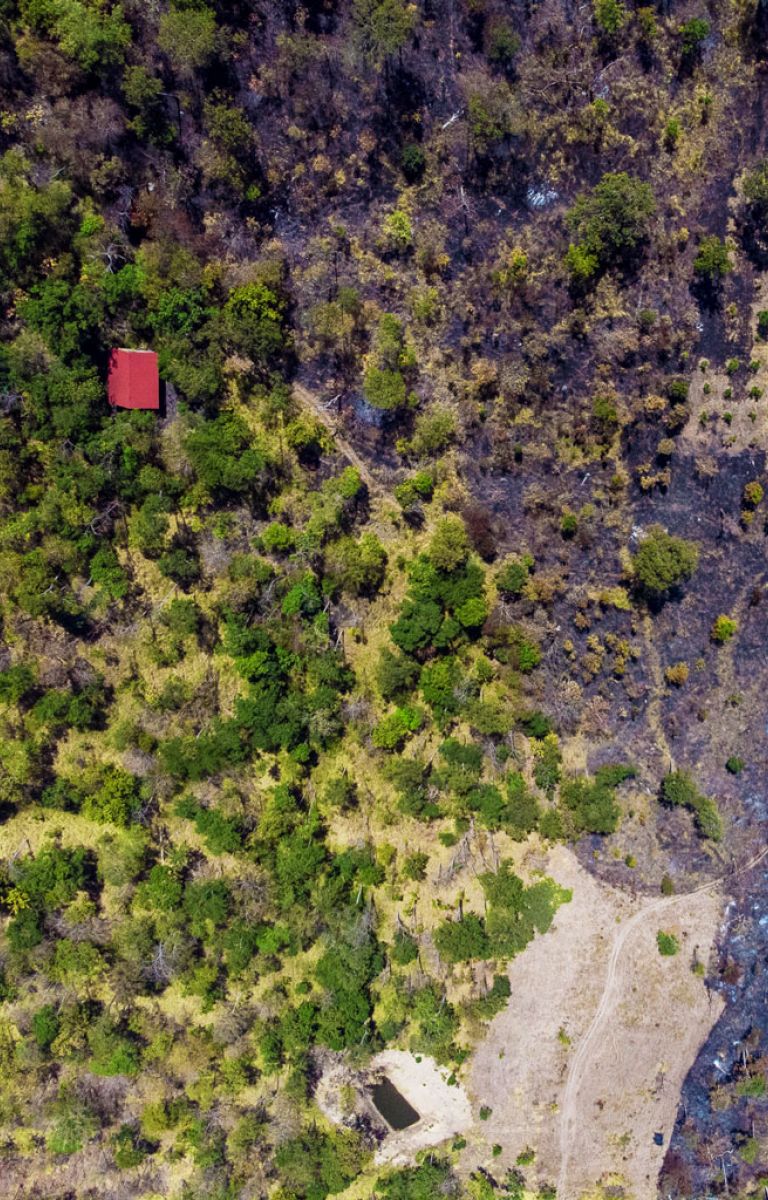

- Despite some reservations, there are indications that high-level pledges made at COP26 are fundamentally different from past commitments.
- Past commitments related to forest landscape restoration have failed to meet expectations, and more robust incentive and enforcement structures are required.
High-level pledges relating to forests and land use were among the bright spots of COP26, but they remain overshadowed by concerns about the ability of parties to reach the overarching target of limiting global heating to 1.5°C.
Geopolitical interests and differences in views regarding how commitments and instruments should be interpreted may hinder collective efforts to take action. For example, India objected to the Leaders’ Declaration on Forests and Land Use because it links trade to climate change and forest issues. This sticking point promises to follow the negotiations into COP27. Others have questioned whether the Leaders’ Declaration truly supports achieving zero deforestation by 2030, or rather, net-zero deforestation. This would represent a risk of “leakage”, including the possibility of converting natural forests to plantations.
Critics have also pointed out that the pledge in the Leaders’ Declaration is essentially the same as what was made in 2014 in the New York Declaration on Forests: to halve natural forest loss by 2020 and end it by 2030. Overall, however, the Leaders’ Declaration differs from previous such pledges because of its scale and the wider context in which it was announced.
The 141 signatories to the Leaders’ Declaration account for more than 90 percent of global tree cover and about 85 percent of the world’s primary tropical forests. By contrast, the New York Declaration’s 39 signatories account for about 39 percent of both global tree cover and primary tropical forests.
Another significant difference is the in tandem development of actions on both the demand and supply sides of the trade in forest-risk commodities. This includes, on the demand side, moves by the European Union to regulate forest-risk commodities and, on the supply side, a commitment by 12 of the world’s top commodity-trading companies to halt forest loss associated with their supply chains. The companies, which have a combined annual revenue of almost US$500 billion, outlined this pledge in a statement released at COP26.
The experts said that market-based approaches need to be firmly embedded in national and international regulations. This would allow for a carrot-and-stick approach that ranges from shareholder action to stronger regulations and enforcement of existing regulations around forest-risk commodities and the illegal conversion of forest lands for commodity production.
Such moves should reinforce the deforestation pledges that commodity-producing countries have made. The experts noted, however, that even high-level commitments do not necessarily translate into effective action. Landscape restoration, for example, has made unsatisfactory progress despite multiple pledges, such as in the Bonn Challenge.

“As long as inadequate money is provided to developing countries, it is highly unlikely there will be greater mobilization resulting from the Leaders’ Declaration. For example, the world has been talking about forest landscape restoration a lot, but the real progress on the ground has been insufficient.” — Promode Kant, Adjunct Professor, Advanced Institute of Wildlife Conservation, and Director, Institute of Green Economy, India
As the World Resources Institute points out, in addition to reducing land conversion, the reforestation of land and restoration of coastal wetlands must accelerate threefold by 2030. But restoration raises complex issues, particularly around land use and rights. The experts said that, despite the complexities, governments must urgently transfer clear rights, particularly to local communities, to effectively advance restoration efforts. Community-driven, bottom-up approaches will be essential, said the experts. But also needed are improved accounting and communication around the indirect costs of restoration as well as the direct and indirect benefits.
